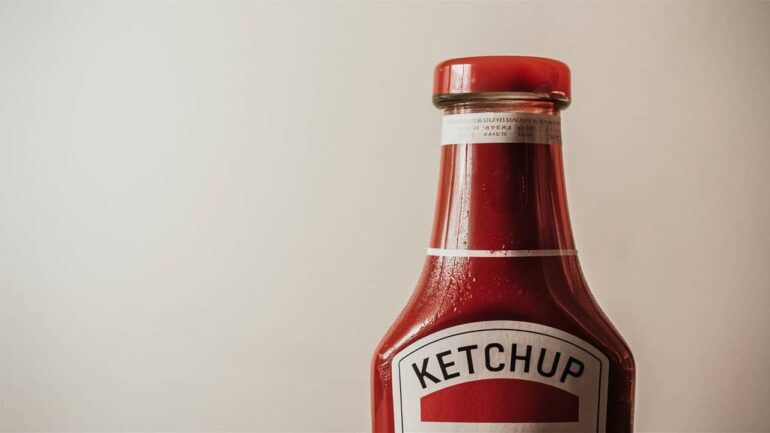Ketchup might seem like the most ordinary condiment on the table, but it’s got some seriously strange stories up its sleeve.
From fishy beginnings to being mistaken for medicine, ketchup’s history is anything but bland.
1. Ketchup’s Fishy Origins
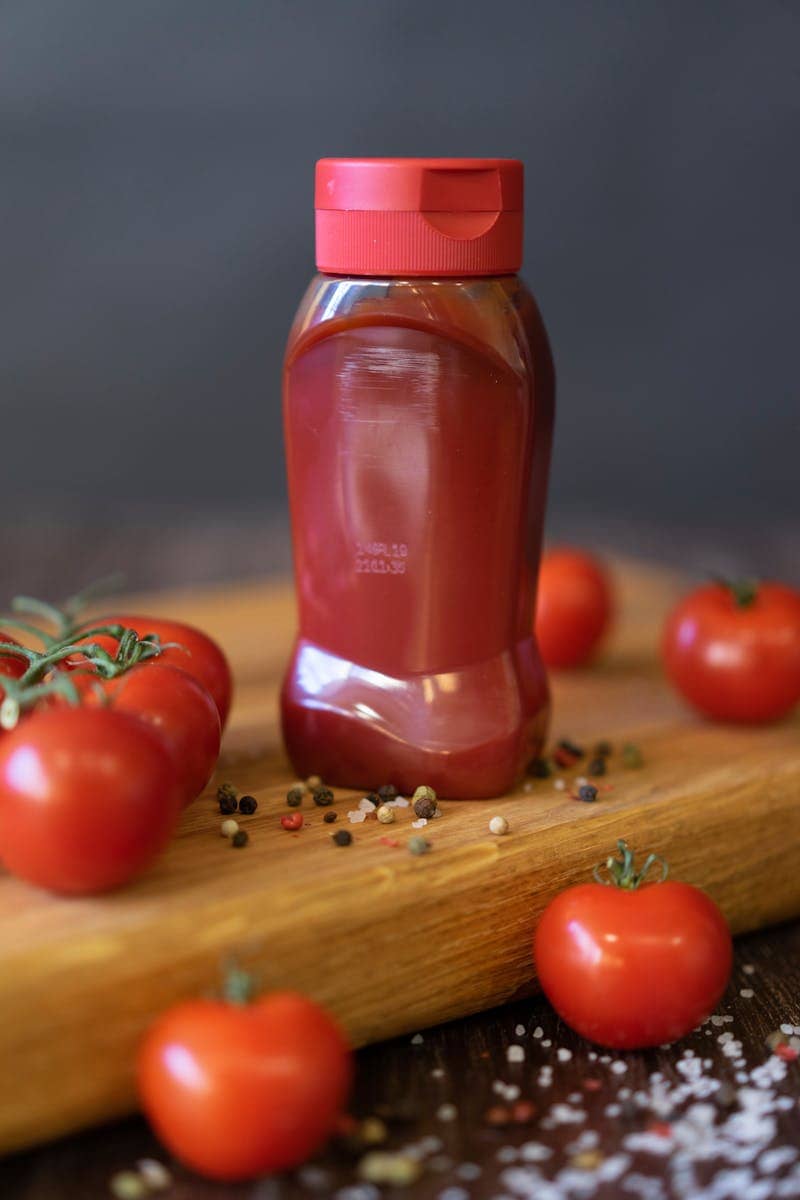
Bet you didn’t see this one coming—ketchup started as a fish sauce! Back in 544 A.D. China, “ke-tchup” was a briny concoction made from fermented fish. If your modern-day ketchup smells a little off, just be glad it’s tomatoes and not fish guts.
2. Tomatoes Weren’t Always Included

Tomatoes weren’t always ketchup’s best friend. Early recipes used mushrooms, walnuts, and even anchovies—yep, anchovies! It wasn’t until the 19th century that tomatoes got their big break, despite Europeans once thinking they were deadly. Imagine your fries covered in walnut mush instead of ketchup.
3. Ketchup Was Once Considered Medicine
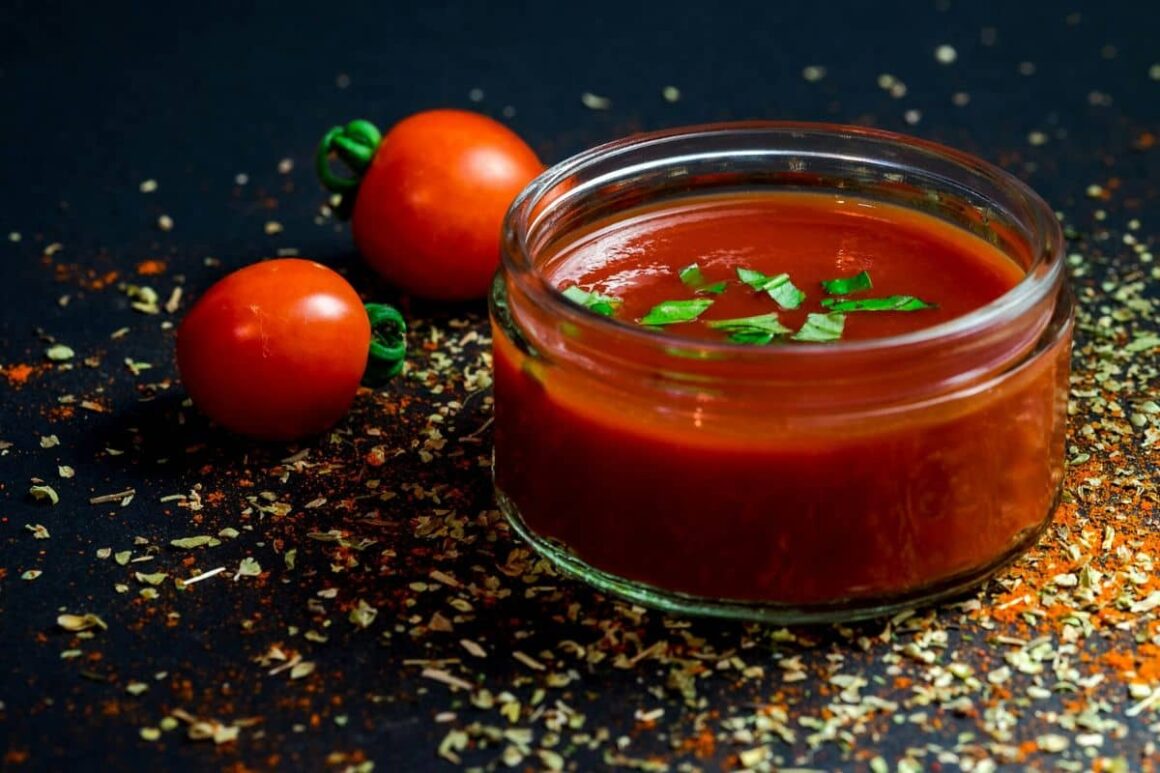
Forget ibuprofen—back in the 1830s, an Ohio doctor named John Cook Bennett was dishing out ketchup pills. He claimed it could cure everything from indigestion to cholera. I guess “a spoonful of ketchup makes the medicine go down” didn’t quite stick.
4. Ketchup Can Clean Metal
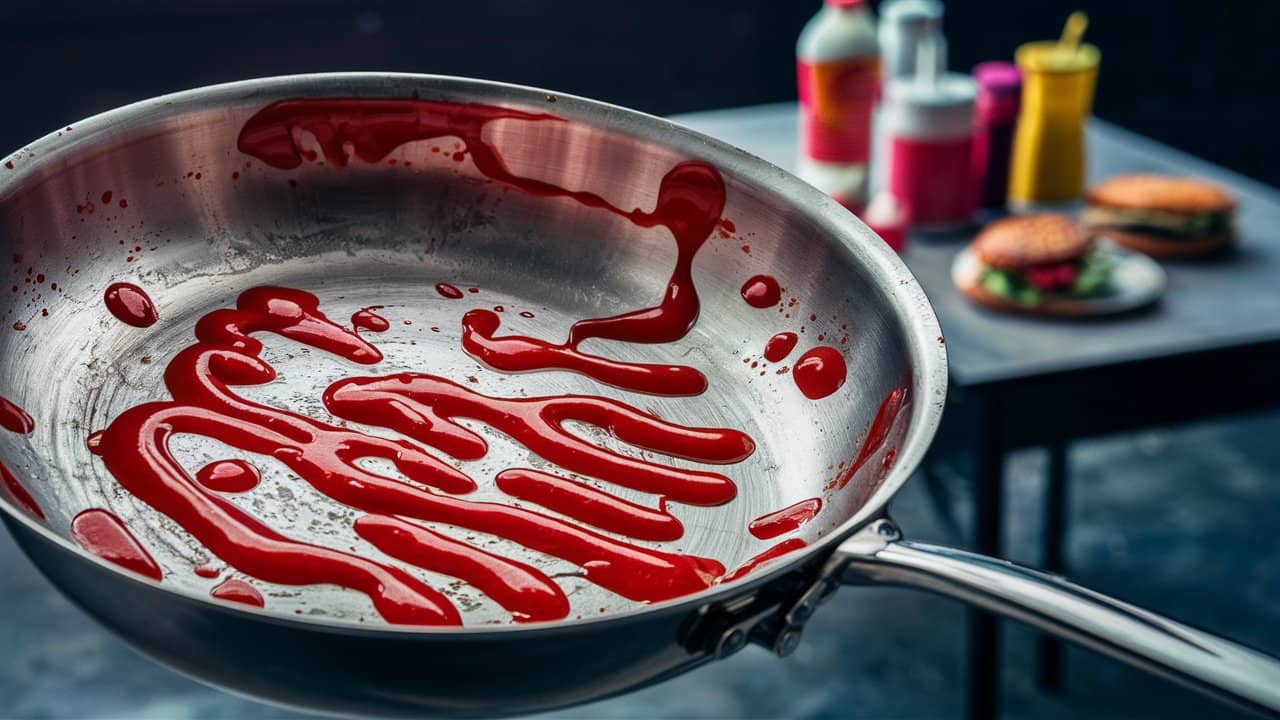
If you’re out of metal polish, grab the ketchup. Thanks to its acidity, it can shine up copper and brass like a pro. Just be sure to rinse it off before your sandwich starts tasting like pennies.
5. The “57 Varieties” Myth

Ever wondered about the famous “57 varieties” on Heinz bottles? Spoiler: It’s a marketing ploy. Heinz actually produces over 60 products, but H.J. Heinz picked the number 57 because it was his lucky number. Talk about a superstitious sales pitch.
6. The Five Flavors of Ketchup

Ketchup is the life of the flavor party, hitting all five basic tastes: sweet, sour, salty, bitter, and umami. It’s like the Swiss Army knife of condiments—no wonder it’s so addictive.
7. Ketchup Cake: The Sweet Surprise
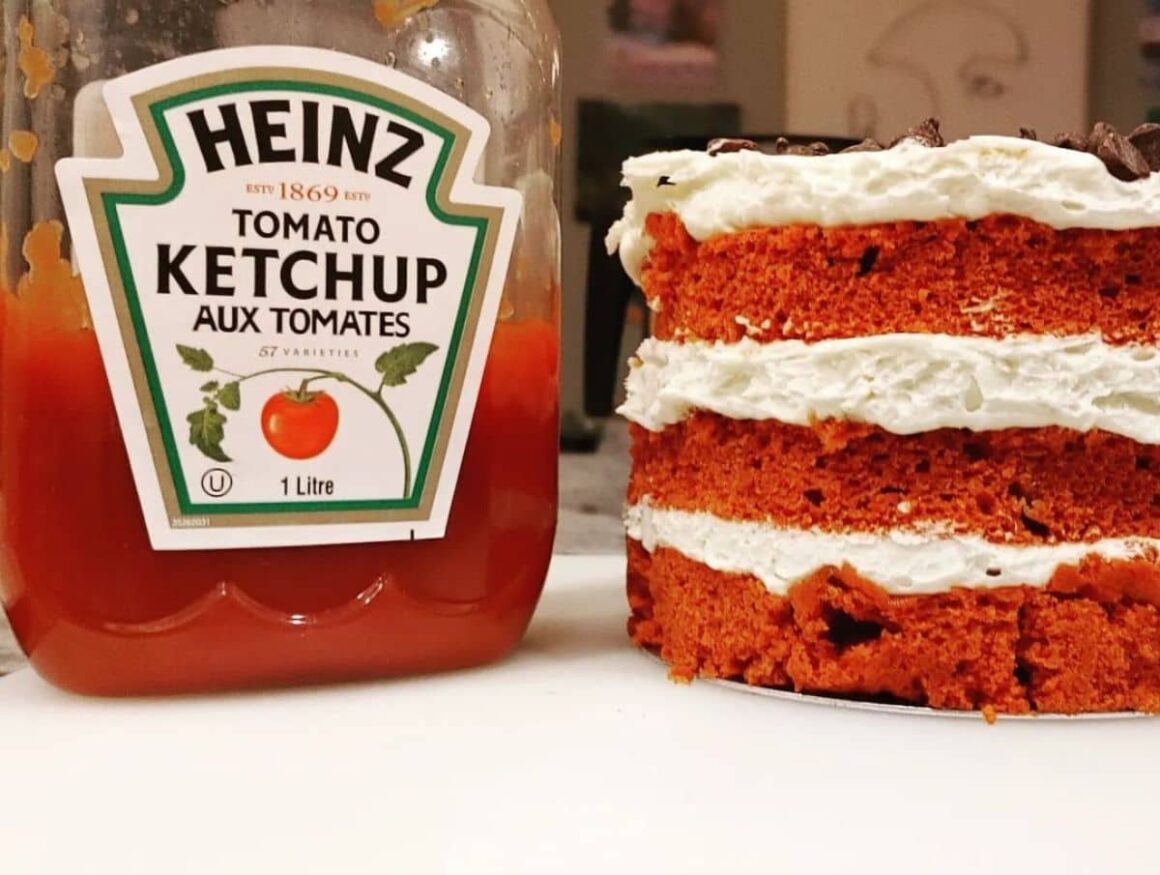
Believe it or not, there’s a thing called ketchup cake. This bizarre dessert uses ketchup to add moisture and a tangy twist. It might sound gross, but think of it as carrot cake’s weird cousin. Intrigued? You should be.
8. Ketchup’s Secret Weapon in WWII
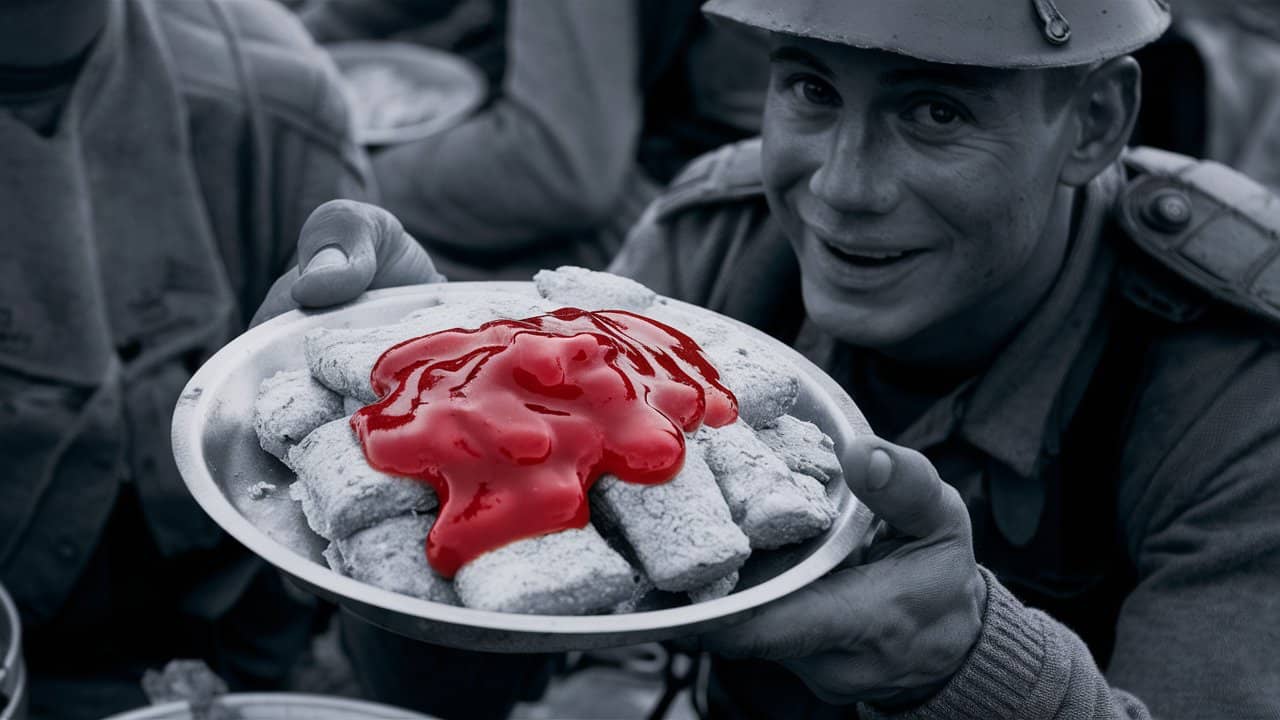
During World War II, ketchup wasn’t just for burgers—it was a culinary lifesaver for soldiers. Its strong flavor helped mask the taste of bland military rations. Ketchup to the rescue, one tin can at a time.
9. World’s Largest Ketchup Packet

Collinsville, Illinois, holds the record for the world’s largest ketchup packet, which was more of a fun publicity stunt than anything. This giant packet proves that when it comes to ketchup, size does matter—or at least it’s a lot of fun to brag about.
10. Ketchup and the Color Red
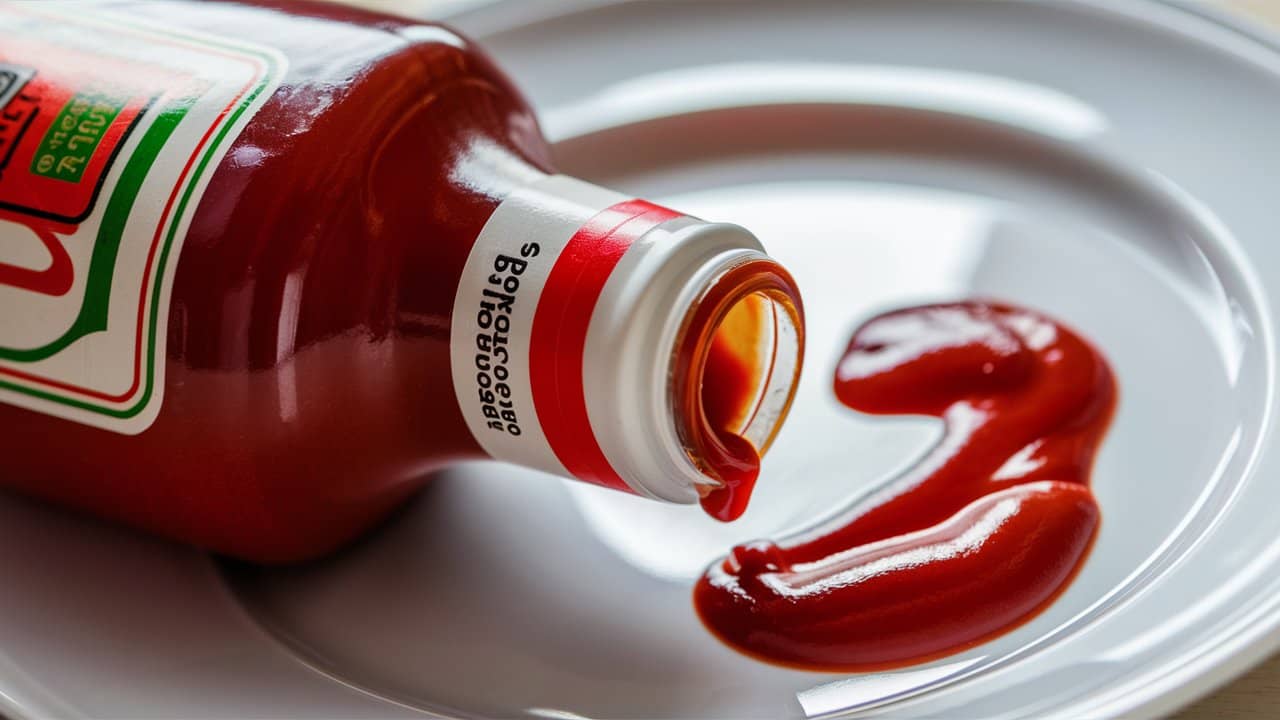
Ketchup’s bright red color wasn’t always so innocent. Some early manufacturers used coal tar—yep, coal tar—to achieve that perfect hue. Thankfully, today’s ketchup gets its color from tomatoes, not toxic chemicals. Progress tastes good.
11. Ketchup’s Popularity in the Philippines
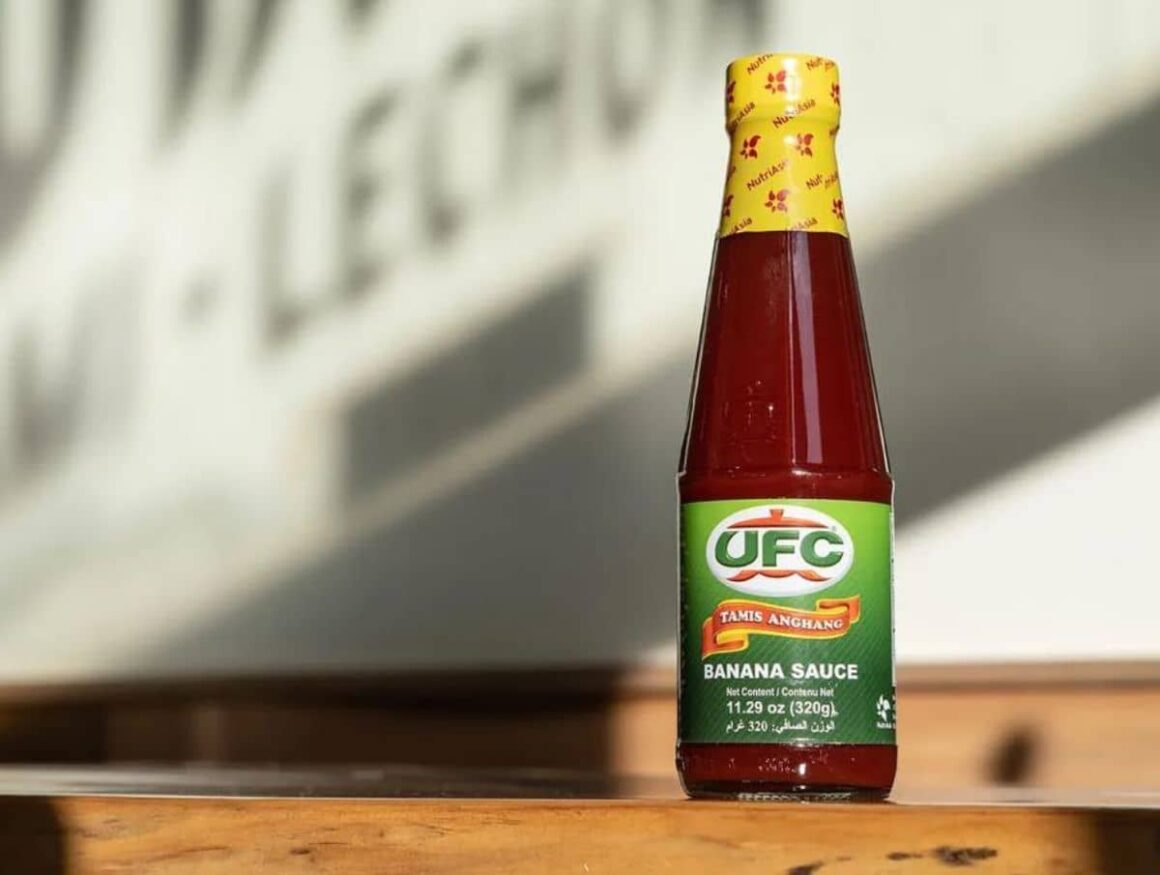
In the Philippines, ketchup gets a tropical twist with bananas. Banana ketchup, made from mashed bananas, sugar, and spices, is a sweet alternative to the classic tomato version.
It’s the perfect pairing for fried chicken, hot dogs, and, well, everything else.
12. Americans Are Ketchup-Obsessed

Americans chow down on about 300 million pounds of ketchup each year. That’s roughly 13 billion servings—enough to drown every French fry in the country. Let’s face it, ketchup might as well be a food group.
13. Ketchup as a Preservative
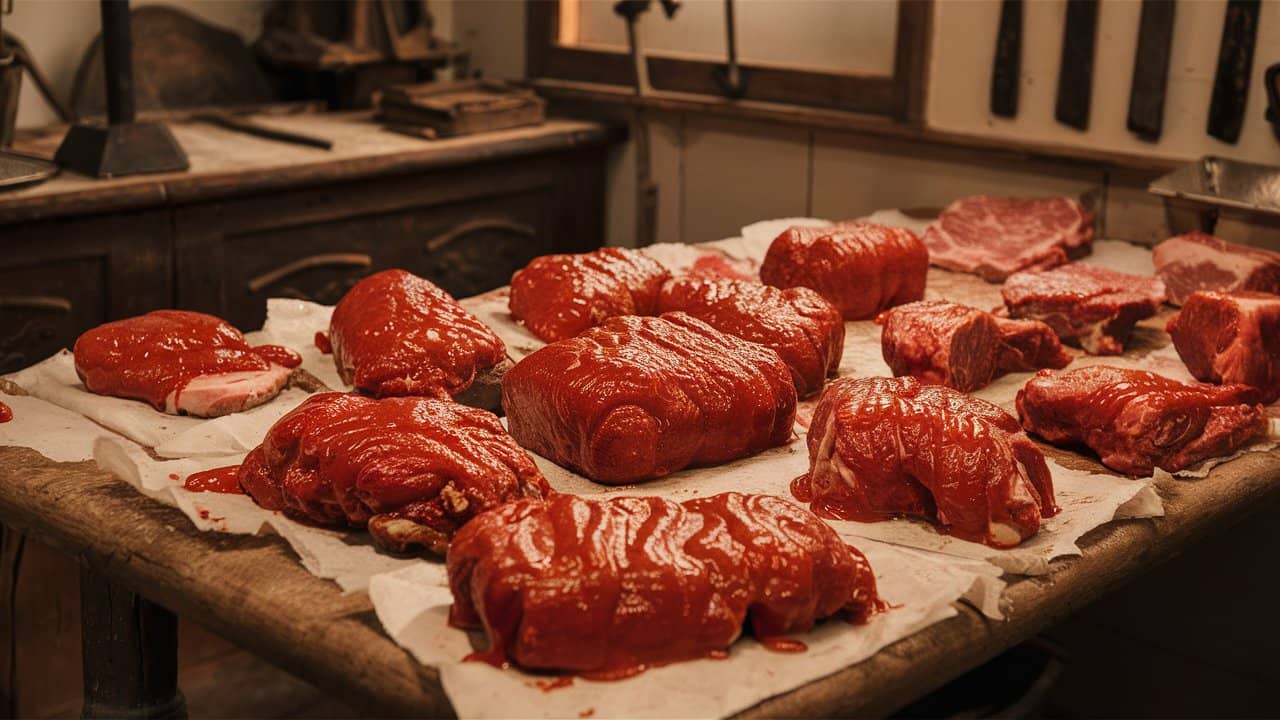
In the 1800s, ketchup wasn’t just a tasty topping—it was also used as a meat preservative. Its high acidity helped keep meats from spoiling, making it a kitchen essential long before refrigeration was a thing.
Who knew ketchup was such a multitasker?
So next time you dip your fries, remember that ketchup isn’t just a condiment—it’s a historical, medicinal, and even culinary marvel.
Share these weird facts with your friends and watch them marvel at the mystery of ketchup!

